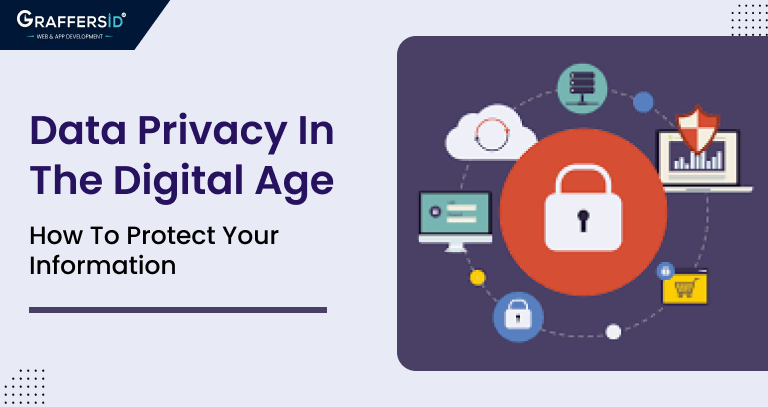In the digital age, where information is a valuable asset, securing documents has become a critical concern for organizations across the globe. Office software, once primarily focused on document creation and editing, has evolved to incorporate robust security features. This article explores the significance of document security in the digital age and how advanced security features within office software are crucial for safeguarding sensitive information.

- Encryption Protocols: Fortifying Document Privacy: Advanced office software employs encryption protocols to fortify document privacy. Encryption ensures that documents are transformed into unreadable code, and only authorized individuals with the correct decryption key can access the content, adding an additional layer of security.
- Access Controls: Managing Permissions Effectively: Document security is enhanced through access controls. Office software allows administrators to manage permissions effectively, specifying who can view, edit, or share documents. This feature ensures that sensitive information is accessible only to authorized personnel.
- Password Protection: Restricting Unauthorized Access: Password protection is a fundamental aspect of document security. Office software enables users to set passwords for documents, restricting unauthorized access. This feature is particularly useful for confidential reports, financial documents, and sensitive corporate information.
- Biometric Authentication: Elevating Security Measures: Some advanced office software integrates biometric authentication, such as fingerprint or facial recognition. This elevates security measures, ensuring that only individuals with verified biometric credentials can access specific documents, adding an extra layer of identity verification.
- Document Tracking and Auditing: Ensuring Accountability: Document tracking and auditing features are essential for ensuring accountability. Office software maintains a record of document activities, including who accessed, edited, or shared the document. This transparent audit trail aids in identifying potential security breaches.
- Secure Cloud Storage: Protection Beyond Local Devices: Security extends beyond local devices with secure cloud storage. Advanced office software leverages secure cloud platforms, encrypting data during transmission and storage, providing organizations with a safe and accessible repository for their documents.
- Data Loss Prevention (DLP) Policies: Proactive Security Measures: Proactive security measures are implemented through Data Loss Prevention (DLP) policies. Office software allows organizations to define policies that automatically detect and prevent the unauthorized sharing of sensitive information, mitigating the risk of data breaches.
- Secure Document Collaboration: Protecting Shared Information: Secure document collaboration is a key focus of advanced office software. Features like secure file sharing, real-time collaboration controls, and expiration dates for shared documents ensure that collaborative efforts do not compromise document security.
- Remote Wipe and Lock Features: Controlling Document Access: In the event of a lost or stolen device, office software with remote wipe and lock features provides control over document access. Administrators can remotely erase sensitive information or lock access to documents to prevent unauthorized use.
- Compliance and Regulations: Meeting Industry Standards: Advanced office software assists organizations in meeting industry standards and compliance regulations. Features that enable secure document handling align with data protection laws, ensuring that businesses adhere to legal requirements regarding document security.
Conclusion:
Document security in the digital age is paramount, and advanced office software plays a pivotal role in safeguarding sensitive information. From encryption protocols to access controls and biometric authentication, the evolving landscape of document security features ensures that organizations can confidently navigate the digital realm, protecting their valuable information assets in an era where data integrity is a top priority.

